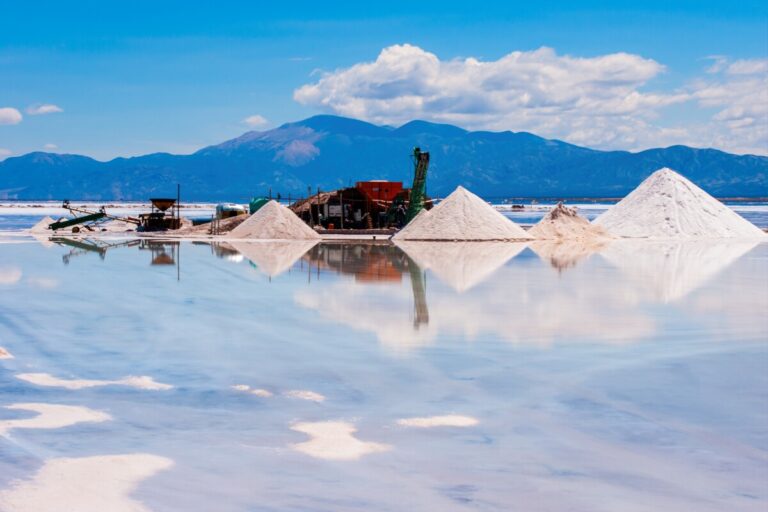PROJECTION. Global demand for lithium carbonate equivalent is expected to increase from 526,000 tonnes in 2021 to 636,000 tonnes in 2022, mainly as a result of electromobility.
In recent years, mainly as a result of the expansion of electromobility, the price and demand for lithium have grown exponentially, especially in Chile, which is the second largest producer after Australia and has 48% of the world’s reserves, according to figures from the US Geological Survey.
Chile does not have much room to react to this growth in demand, as only two companies exploit lithium in the country: the multinational SQM and the US company Albemarle, both in the Salar de Atacama, and although the creation of a National Lithium Company and the granting of new Special Lithium Operating Contracts (CEOL) are proposed, the fact is that in the short term there are no new projects in the pipeline.
Global demand
Regarding this issue and how much the lithium carbonate market is projected to grow in the coming years, the president of Ensorcia Group (Sorcia Minerals) for Latin America, Rodrigo Dupouy, a firm that proposes to produce lithium in the Salar de Tara using only 10% brine, says that this year alone “it is projected that global demand for lithium could increase to 636,000 tonnes of lithium carbonate equivalent (LCE) in 2022, from 526,000 tonnes in 2021”.
“It is expected, he added, that demand will more than double to 1.5 million tonnes in 2027 as electromobility is adopted globally. However, the increase in lithium production may not be able to keep up with demand from battery producers.”
Due to volatility and uncertainty about supply and demand, analysts can only provide short-term forecasts, because as electromobility positions itself as the only alternative, demand is likely to grow substantially above the projected 1.5 million tonnes by 2027, Dupouy said.
We are lagging behind
On whether the country is making sufficient efforts to respond to the increase in demand, the executive said that “it seems to us that Chile is lagging behind in the race to produce lithium in its different forms, as there is no clear policy on the part of the State regarding the sustainable, sustainable and competitive production of the mineral”.
Dupouy recalled that five years ago Chile was the world’s leading lithium producer and today it has been largely surpassed by Australia, “in the next few years we will be surpassed by Argentina, coming third and we may even be fourth, behind China. This would leave the country lagging behind in lithium production and we would not take full advantage of the current price increase. In this way, the country will continue to lose the opportunity for sustainable development of the country through the loss of these resources”.
| Producing more and better “It is important to accelerate lithium projects, but such an acceleration in production must be sustainable, taking care of the environment, water and brine. That is why we are committed to being a leader in sustainable and sustainable lithium exploitation, with a very low carbon footprint and with greater efficiency that will allow for maximum production efficiency. It is important that there are clear rules for private companies to exploit lithium, otherwise it will not be possible to take advantage of this window that is opening up,” Dupouy said. 48% of the world’s lithium reserves are in Chile, according to the United States Geological Survey (USGS). 526,000 tonnes of lithium carbonate equivalent (LCE) was the international demand during 2021. Two companies currently produce lithium in Chile, both in the Salar de Atacama, Albemarle and SQM Salar. |

